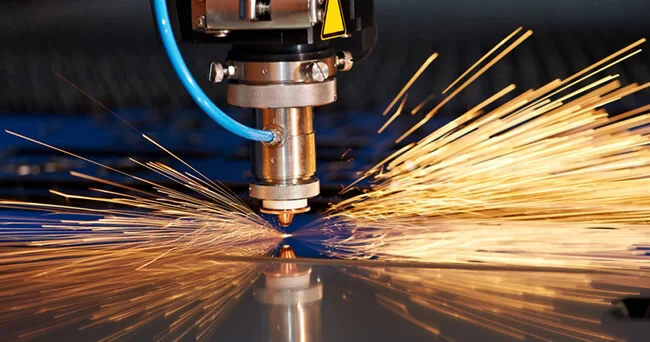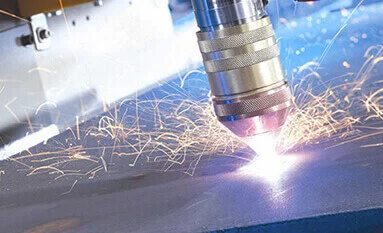FUME EXTRACTORS MADE
FOR LASER & PLASMA
CUTTING FUMES


Increase Visibility While Welding
Eliminate Health & Safety Risk
Improve Employee Morale
Comply With OSHA/NIOSH Regulations

Laser and plasma cutting are utilized to split and cut metals and metal materials in welding and metal fabrication applications. Laser and plasma cutting processes generate fumes, gases, and smoke that can contain a variety of harmful oxides. The fumes and smoke released during laser and plasma cutting contain metals and compounds that are dangerous when inhaled by machine operators. Understanding the risks and implementing safety measures is crucial for any facility using these cutting methods.
Inhaling these fumes over extended periods can lead to potential long-term respiratory issues, occupational asthma, metal fume fever, and even cancer. Threshold Limit Values (TLVs) serve as guidelines and recommendations for acceptable exposure levels to hazardous substances. It's crucial for industries utilizing laser and plasma cutting to be aware of the TLVs for substances in their operations and ensure that exposure remains below these levels.
The particle size in laser and plasma fume impacts the overall toxicity level. Fumes and smoke made up of smaller particles create higher, and more severe, exposure risks when fume extraction systems are not implemented.
While laser cutting and plasma cutting vary in application, they both require fume extraction systems to capture and filter contaminants at or near the source.

Liftmoore, a leading manufacturer of hydraulic cranes, needed a fume extraction solution that wouldn’t obstruct welders during production. Fume Xtractors delivered portable units with powerful 24-inch suction draw, providing clean air without interfering with workflow.
After initial testing, Liftmoore expanded use across multiple stations, achieving measurable air quality improvements, zero operational issues, and increased operator compliance. The result: a safer, more efficient welding environment that welders actually want to use.